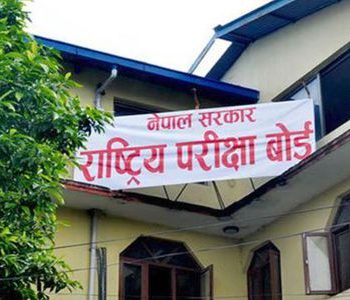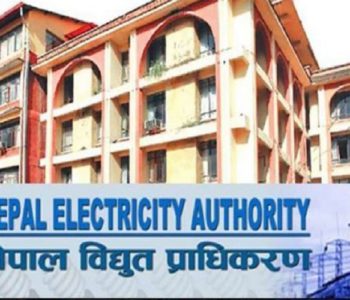Consumer price inflation in Nepal moderates to 4.82% in mid-march

KATHMANDU: In a recent report released by the Nepal Rastra Bank (NRB), the consumer price inflation in Nepal between mid-February and mid-March this year has shown a notable moderation, settling at 4.82 percent. This comes as a slight decrease from the previous month’s figure of 5.01 percent, indicating a comforting trend for consumers.
The Current Macroeconomic and Financial Situation Report unveiled by the NRB on Thursday highlighted the deceleration in the rate of price hikes across both food and non-food items, effectively tempering the heat of inflation in the market. Compared to the same period last year, consumer price inflation pacified significantly, standing at 7.44 percent a year ago.
Breaking down the inflation figures, the report revealed that inflation in the food and beverage category stood at 5.94 percent, while non-food and service category inflation was slightly lower at 3.95 percent last month. Among food items, the price indices of various sub-categories showed mixed trends, with notable increases in spices, vegetables, and pulses, while the price index of ghee and oil experienced a decline.
In the non-food and services category, the report highlighted a considerable increase in the price index of the recreation and culture sub-category, standing at 12.61 percent, marking the highest increase among all. However, the price index of education also saw a notable hike at 7.31 percent, while transportation witnessed a decrease of 1.15 percent.
Regionally, the consumer price inflation varied, with the Kathmandu Valley experiencing a decrease to 4.88 percent from 7.95 percent, the Terai region lowering to 4.42 percent from 7.50 percent, the hilly region settling at 5.49 percent from 6.67 percent, and the mountain region dropping to 4.42 percent from 8.07 percent in the review month.
The moderation in consumer price inflation signifies a positive development in Nepal’s economic landscape, providing relief to consumers amidst ongoing economic challenges. However, continued monitoring and proactive measures may be necessary to sustain this trend and ensure stability in the market.













Facebook Comment